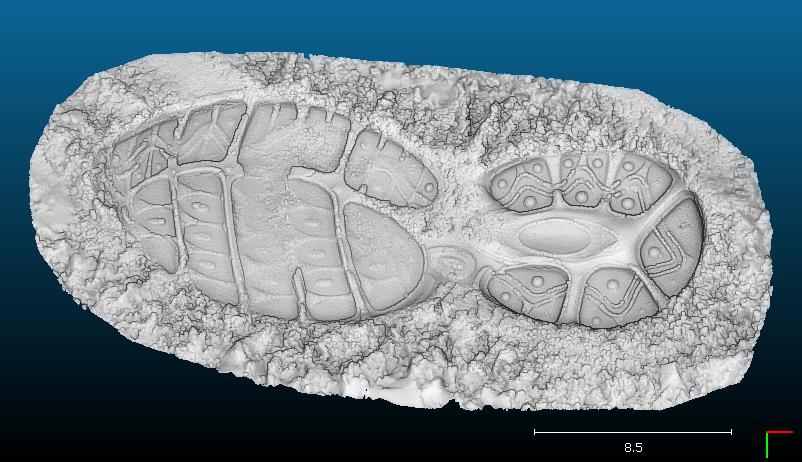Difference between revisions of "EDL (shader)"
Jump to navigation
Jump to search
| Line 4: | Line 4: | ||
For more information about how EDL works, refer to this article: [http://www.kitware.com/source/home/post/9 http://www.kitware.com] | For more information about how EDL works, refer to this article: [http://www.kitware.com/source/home/post/9 http://www.kitware.com] | ||
| + | |||
| + | The EDL shader can be enabled via the 'Display > Shaders & filters > EDL Shader' menu, or via the icon in the 'Shaders' toolbar on the right-hand side of the screen. | ||
Note: ''EDL requires a contiguous depth map. Therefore if your cloud is too sparse at the current viewing zoom, you must increase the point size (so as to fill the holes)''. | Note: ''EDL requires a contiguous depth map. Therefore if your cloud is too sparse at the current viewing zoom, you must increase the point size (so as to fill the holes)''. | ||
Latest revision as of 09:11, 2 May 2021
EDL is a real time shading filter that enhances very small features on blank clouds or meshes (i.e. it doesn't rely on any information apart from the geometry itself). As the SSAO shader, this is a faster alternative to normal-based shading.
For more information about how EDL works, refer to this article: http://www.kitware.com
The EDL shader can be enabled via the 'Display > Shaders & filters > EDL Shader' menu, or via the icon in the 'Shaders' toolbar on the right-hand side of the screen.
Note: EDL requires a contiguous depth map. Therefore if your cloud is too sparse at the current viewing zoom, you must increase the point size (so as to fill the holes).
